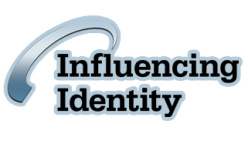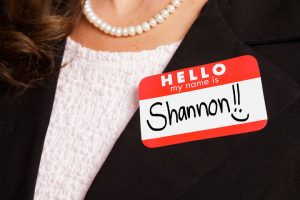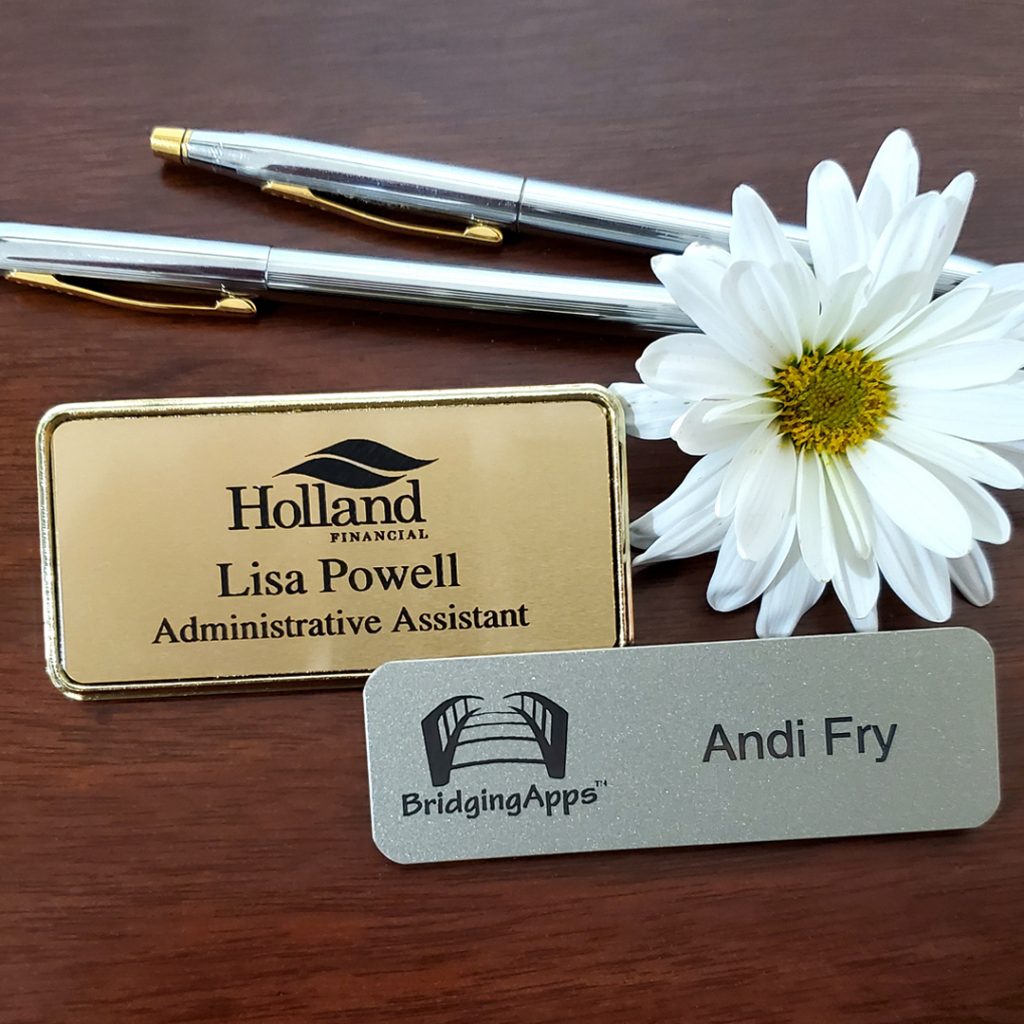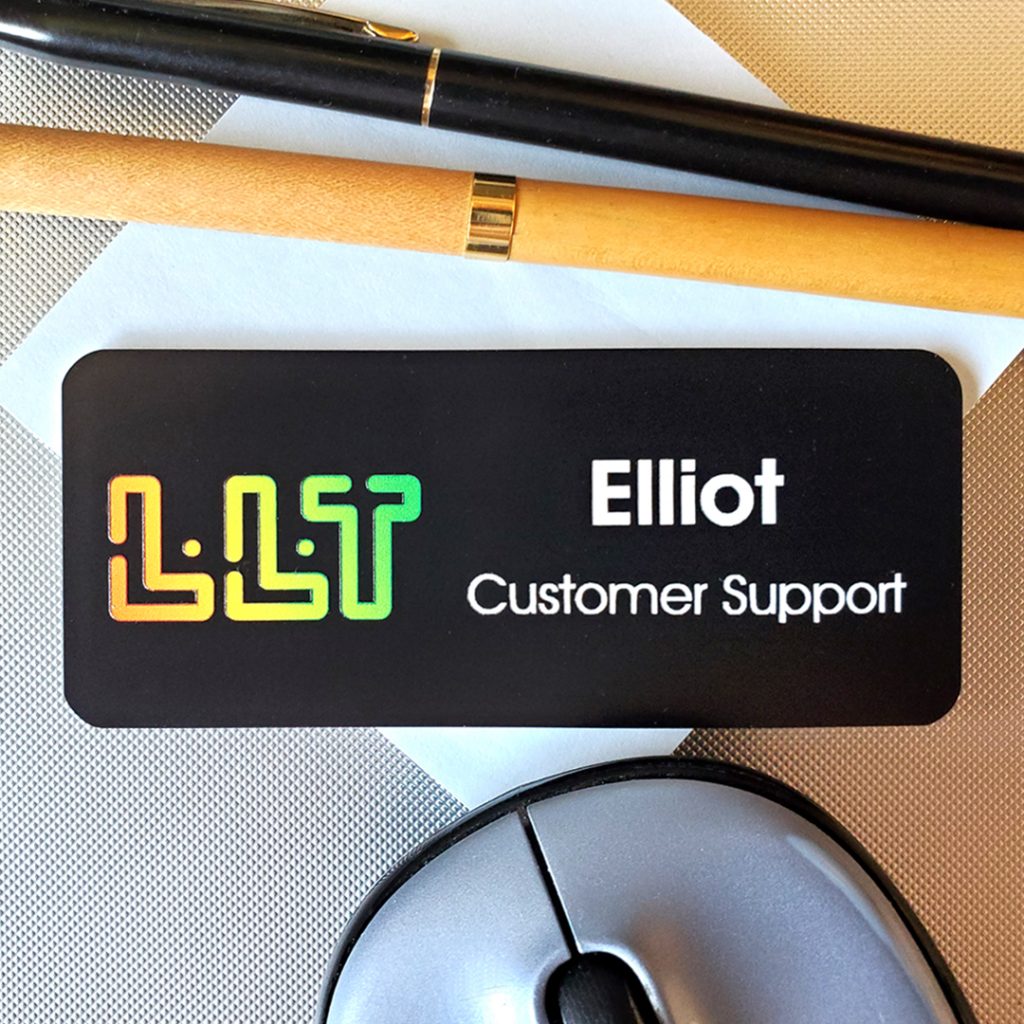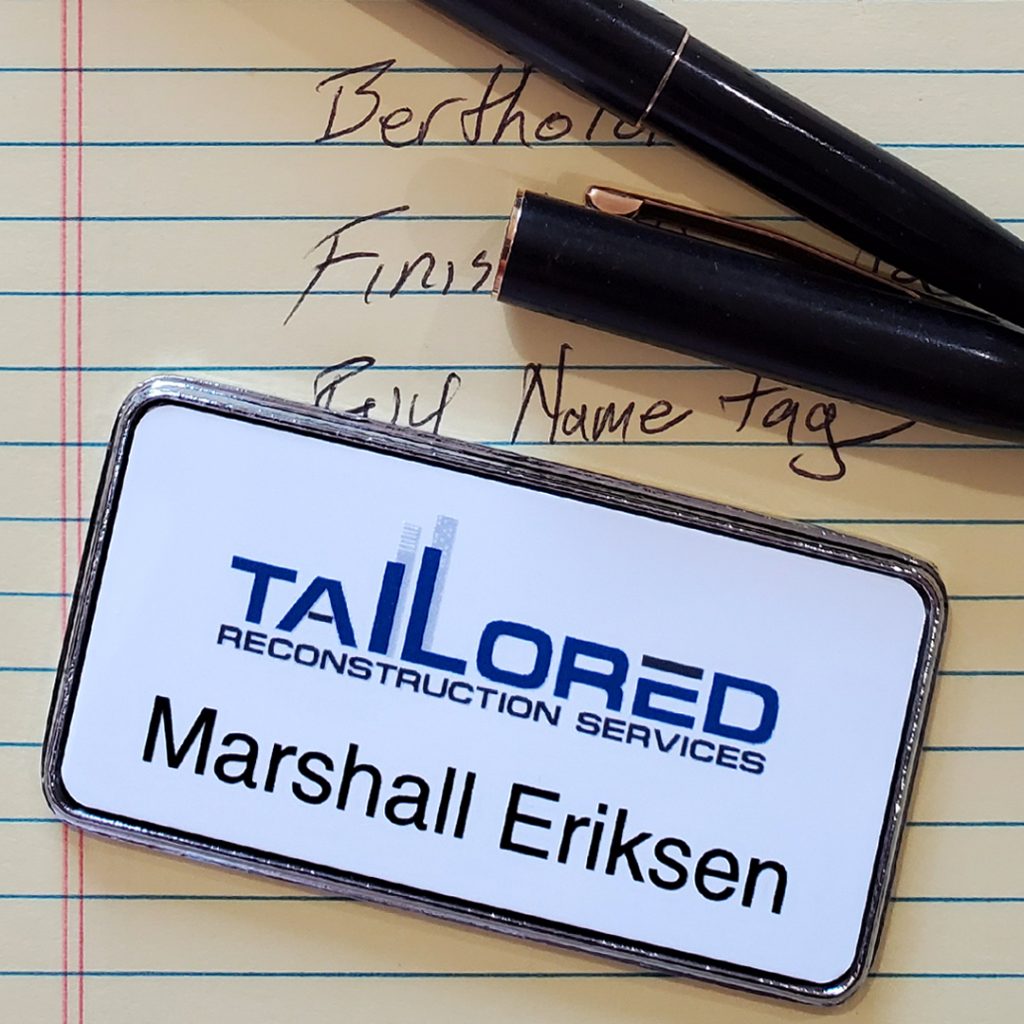by Syndi Seid
There is an art to attending professional conferences. Invariably as the season begins I’m asked about the etiquette of attending conferences. If you thought it was quite enough to simply pay the fees and show up, think again.
Whether you are just getting started or you are a seasoned conference participant, let’s face it, attending a conference requires expending your personal resources, money, time, physical and mental commitment. So, why not make the most of the experience!
BEFORE THE CONFERENCE
1. Mark your calendar to plan ahead. Do yourself a favor, take time to plan ahead and make the most of your investment. Read all information about the conference beforehand. About 30 days out, review any additional conference information sent via email or posted online at the sponsoring organization’s web site. Make note of the specific workshops you want to attend. Begin planning your wardrobe to match the weather conditions of the host locale, paying close attention to any special requests for attire to attend certain events, e.g., the Saturday evening formal awards banquet.
2. Be prepared with all items needed for the conference: Let’s face it, people attend conferences to network, learn new ideas, get their name and company known, and promote their product or service. One of etiquette’s biggest taboos is to show up at conferences without bringing enough hand-outs. Do whatever is necessary to assure an ample supply of business cards and information you want to distribute during the conference. In fact, bring double or triple the amount you would normally think to bring; or arrange to use a local copy center. Better to bring home extras than to disappoint your colleagues by not having enough.
Starting about a month in advance, compile a list of all items you will need to begin packing for an out of town conference. Pay attention to the details, including outlining the proper attire for various events. Perhaps there’s a formal night or a themed event, such as a Western night. A good way to make a poor impression is to arrive at a formal event night wearing daily street clothes. This kind of behavior tells your colleagues you didn’t read the literature or care enough to honor the event. Don’t be surprised if by not dressing appropriately, you will not be allowed inside. More about wardrobe planning: most conference sites keep you apprised of weather conditions for the location to which you will be traveling, and whether there will be any outdoor events for which you should be packing a warm sweater or jacket. Pay attention to the type of facility you will be visiting, such as the appropriate attire for a big city hotel, versus a golf resort, versus a private club in a vacation locale. Each has it’s own culture when it comes to attire.
3. Be responsive to all requests for information: From the time you register to attend the conference, till the end evaluation form, be sensitive to the needs of the organizers. Show your sense of responsibility by sending complete and accurate paperwork at all times, and by the due date. There is nothing worse for an organizer than to have to chase down and baby-sit someone to get necessary items.
AT THE CONFERENCE
1. Arrive at the conference ahead of time. This is the perfect time to check in early, get your full package of conference materials and relax in your room to read through everything. NOTE: This is not a time to penny-pinch on spending for an extra room night. With airline schedules being unreliable for one reason or another, it is always best to arrive hours and even a day ahead. Use this extra time to rejuvenate your strength for the rigorous days ahead. Take a walk around the hotel facility and grounds to become familiar with where various rooms are located and the travel patterns you will need to take to get from one place to another during the conference. Learn how long it will take to walk from one location to another to avoid ever being late to an activity. Once the event gets underway and you’re running to keep up with tight meeting schedules, get-togethers with colleagues and more, you’ll be glad you took this extra time upon arrival.
2. Wear your name badge at all times. Because I attend lots of professional meetings, I always carry my own magnetic name badge holder and wear it on my upper right shoulder. This allows me to achieve the best networking support at all times. I want people to see my name badge and remember who I am. As a result, I will not wear a badge using a lanyard around my neck. Here’s why: it rarely faces forward for someone to easily see, it is positioned halfway down my chest which draws the eye to an area of my body I don’t prefer people staring at; and when I’m sitting at a table, it’s totally out of sight. To me, lanyard style badges are ideal for trade shows and exhibitions, where badges are more for identification purposes than for real networking.
3. Be on time throughout the conference. From the moment the conference begins, right through to the end be respectful of the overall timeline for the conference; always stay with the schedule. Do not allow yourself to be delayed in between sessions. If you want to speak with someone get their room number, cell phone number, or set an appointment to meet later at a certain time and place. Neither the organizers nor the presenters appreciate being ignored or unnecessarily interrupted.
4. Meet and greet everyone with a proper handshake, a smile, and good eye contact: With every day that passes, it continues to amaze me how so-called professional men and women still do not know how to give a firm and proper handshake, do not give proper eye contact, and barely smile when meeting someone. I’d like to think no one reading this newsletter has an issue with this item. Perhaps you have read my past newsletters on Handshaking Techniques, Eye Contact, and Networking skills.
5. Create a plan for organizing the contacts you make. Take time at the end of each day to make notes about each person you meet. Organize cards and notes in a way it will be easy for you to follow-up after the conference. If you are unsure about someone, take a moment the next day to say hello to the person again; clarify whatever you need.
6. Do not sign up for more than one session at the same time. Choose the one best session you want to attend and then find a conference buddy to get you extra hand-outs from the other sessions.
7. Remain silent during all announcements and speeches. Perhaps this is the hottest issue I hear about over and over again: participants being discourteous to the speaker. No matter how difficult it may be to hear the speaker, how boring the person may be, or if the announcement or speech is being spoken in a foreign language you don’t understand, you must remain silent as a courtesy to the speaker. If you must talk to someone, leave the room. If you must take a cell phone call, leave the room. Please do everyone a favor, the next time this situation happens at your table, quietly and politely ask the person to remain silent, so you can hear what’s being said. And, if you are the offender, stop it!
8. Stay alert throughout the conference. Conferences lasting more than a day can be exhausting. To prevent falling asleep, eat lightly throughout the conference. Drink more water than usual and keep all alcohol consumption to a minimum. Take short walks whenever possible. Wear loose and comfortable clothes and shoes. Most importantly, maintain good posture at all times. Don’t slouch in the chair. Take quiet, periodic deep breaths to help the flow of oxygen and blood throughout the body. Pace yourself to get proper rest and sleep. Sneaking a quick 15-minute nap here and there does wonders.
9. Do not make a fuss or be a complainer. No one enjoys hearing complaints or criticisms about how things are being handled during a conference. When a negative situation arises you feel needs to be reported, remain calm, explain the situation in a normal tone of voice, and ask for reasonable, mutually agreeable solutions. Thereafter, keep to yourself whatever other complaints you may have. Most professional meetings request that you complete an evaluation sheet. This is the best time to write down complaints and helpful suggestions for improvement. Or, at the close of the meeting email or call the organizers to submit your thoughts.
AFTER THE CONFERENCE
Follow-up with everyone you meet. You just never know who will turn out to be a valuable resource, treasured colleague, or lasting friend. So, why not do the right thing and follow the advice of the best etiquette books, which tell us it’s good manners to follow-up with everyone we meet, and to certainly follow-up with whatever you may have promised. We all know how difficult this task is. Some people use their return flight time to write thank- you notes. It is well known the #1 sign of a true professional is when s/he tackles this chore: so just do it!
TIP: When first announcing your plans to attend a conference, tell everyone you are leaving a day earlier than the actual departure date and tell everyone you will be returning one day later. Then use these two bookend times to focus on making the most of the experience. Use the day before to finalize last-minute details and prepare. Use the day immediately after to focus on starting your follow-up work, while contacts are still fresh in your mind.
Another idea is to actually stay an extra night at the hotel so you can relax and begin your follow-up work uninterrupted; not to mention resting up. This also could be a good time to arrange meetings with colleagues you met at the conference who, like you, have delayed departure time. Or, just use this extra time to be a tourist and enjoy the sights.
Happy Practicing! About the Author: Syndi Seid is the world’s leading etiquette trainer, celebrity speaker, and founder of San Francisco-based Advanced Etiquette.
